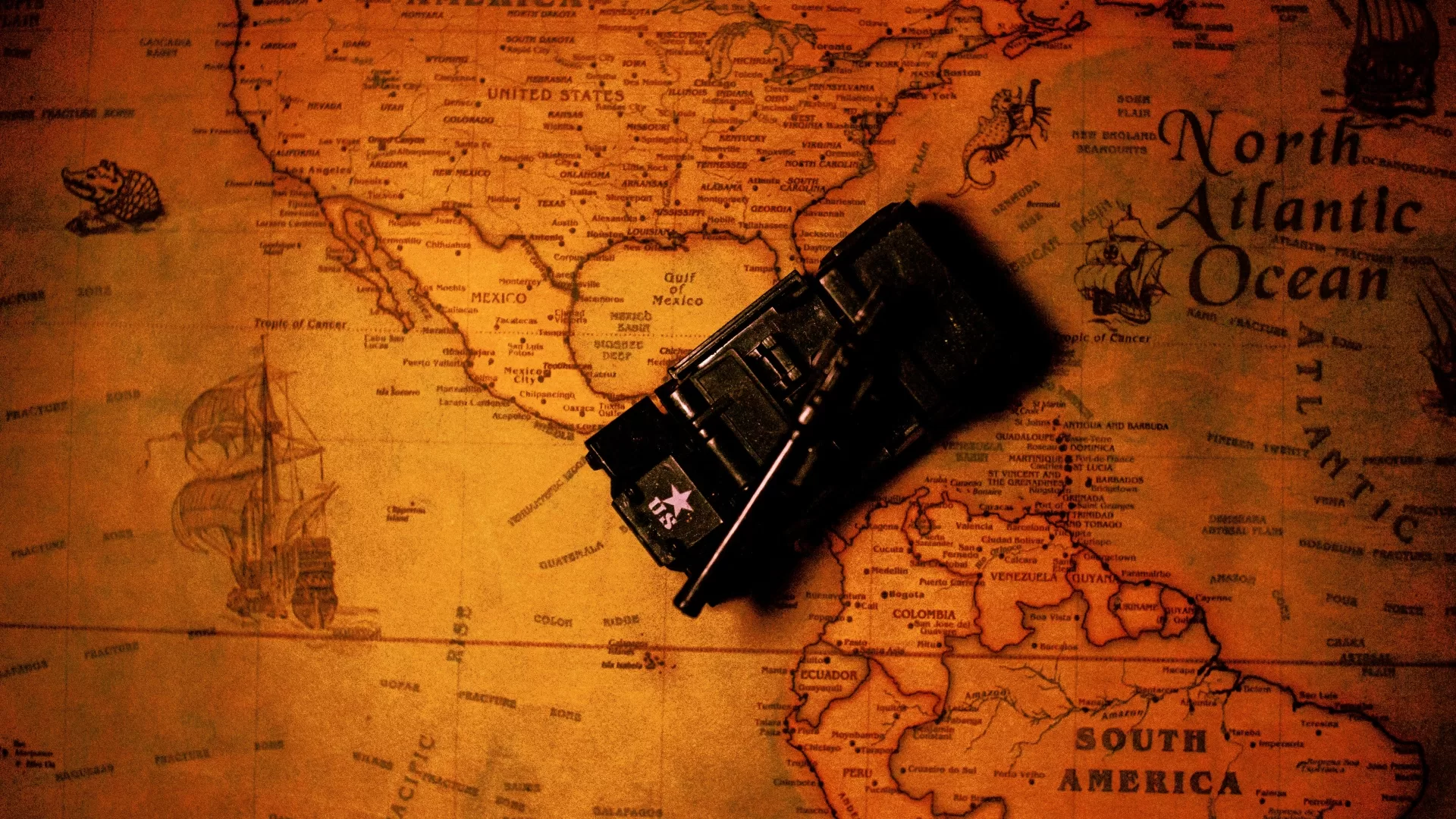In geopolitics, it’s often said that generals are always preparing to fight the last war. One of the most infamous examples was the Maginot line in Eastern France: a vast line of fortifications built after World War I to prevent another German invasion from the most obvious direction. The only problem was that France built this fortification with the last war in mind, not the next. Germany simply went around it, invading via the Netherlands instead.
Much of our educational strategy risks resembling the same kind of static defence: we design policies to hold back yesterday’s threats while today confronts us with goalposts that are constantly shifting. Many schools, especially those in which the once solid pillar of tradition no longer bears weight, struggle to read the runes of change. But change is coming. To paraphrase William Gibson, perhaps it’s already here, just not evenly distributed. Unless we accept this uncertainty and ready ourselves to grapple with its implications, we may find ourselves blindsided by crises we didn’t imagine but could have anticipated.
Here are five “wars” I believe we’re not yet seeing clearly enough, but which are already gathering momentum.
1. The War on Attention
There’s a growing consensus that young people’s capacity to sustain attention is eroding. Jonathan Haidt’s The Anxious Generation has helped bring this into public consciousness, warning of the deleterious effects of smartphones and social media. But while Haidt’s diagnosis has merit, his prescription can veer towards absolutism.
Those of us teaching and learning in technology-rich environments know that the problem isn’t simply screen time, but rather the slow collapse of cognitive bandwidth. When every moment is occupied, and every silence filled with stimuli, deep thought becomes impossible. The very conditions necessary for learning—focus, stillness, reflection—are drowned out by a tidal wave of viral clips, inane sound bites, and insubstantial hot takes.
What schools can do:
- Teach metacognition explicitly: help students understand how learning happens, how attention works, and how it can be manipulated.
- Prioritise moments of stillness and physical connection: embed social media-free time, quiet reading, and break activities that encourage face-to-face interaction.
- Model slow thinking: build wait time, reflection, and dialogic teaching into practice. Discourage low latency responses where speed replaces depth.
2. The Crisis of Trust
The relationship between schools and their communities is becoming more fragile. In an era of polarisation, online outrage, and misinformation, teachers can feel more scrutinised than supported. The parent WhatsApp group ensures we’re now more likely to encounter hostility than assumption of goodwill.
The danger is a culture of defensiveness, where innovation stalls, communication becomes transactional, and staff retreat into silence to avoid harassment or misinterpretation.
What schools can do:
- Teach civil discourse: equip young people to disagree agreeably, avoid fallacies, recognise bias, and prioritise growth over point-scoring.
- Lead with radical transparency: share not only decisions but the thinking behind them to prevent uncharitable interpretations.
- Invest in relational capital: prioritise informal contact with staff, students, and parents.
3. The Encroachment of AI
Artificial Intelligence is reshaping the way we write, think, and learn. Yet most schools remain reactive: rewriting plagiarism policies, blocking tools, or ignoring the elephant in the classroom. A new way of working is emerging—one that values prompting, synthesis, and collaboration with machines.
The best preparation is not doubling down on what machines do best, but strengthening what makes us most human: creativity, ethics, discernment, emotional insight. AI might even offer a gift: freeing teachers from repetitive administrative burdens so they can do what only humans can—connect, challenge, care.
I’m reminded of a head I once worked with who obsessed over making our school more like its competitors. But the way to compete wasn’t imitation—it was differentiation. We didn’t need to be more like them; we needed to be more us.
What schools can do:
- Model active experimentation: explore how AI can reveal, not replace, great teaching.
- Build AI fluency into the curriculum: don’t ban it—adopt it thoughtfully.
- Audit assessment practices: strengthen synthesis, reasoning, voice, and judgement.
4. The Unbundling of Education
The idea that schools are the primary or sole site for learning has been eroding. AI now accelerates this possibility. The disaggregation that transformed journalism, taxis, and retail is creeping into education: AI tutors, home-school co-ops, modular pathways.
In the UK, already stratified by postcode and wealth, we risk a new divide: those with access to bespoke, AI-enhanced education vs. those reliant on legacy structures.
What schools can do:
- Partner, don’t pander: collaborate with edtech innovators to shape change.
- Reassert what schools uniquely offer: community, mentorship, belonging.
- Explore hybrid models: project-based, interdisciplinary, portfolio-driven learning.
5. The Future of (Un)Employment
The old covenant—work hard, get a good job—feels less stable. AI performs complex tasks in law, finance, journalism, design. “21st-century skills” were always timeless virtues: collaboration, adaptability, discernment. What’s new is the context.
LLMs and AI agents challenge the conveyor-belt model of education feeding employment. But they might also enable a future where people focus less on repetitive labour and more on relational, creative, and human work.
What schools can do:
- Replace certainty with curiosity: ask “What problems do you want to help solve?”
- Emphasise enduring human capabilities: creativity, ethics, adaptability, collaboration.
- Nurture agency: help students become owner-narrators of their learning journeys.
Leading for the Future
The future, like Gandalf, is never early or late. It arrives precisely when it means to.
Our task is not to predict its exact arrival but to prepare for its ambiguity; to cultivate curiosity rather than certainty; to design systems supple enough to bend without breaking.
The future isn’t born fully formed. It grows from the choices we make today.
“Prediction is very difficult, especially if it’s about the future.”
— Niels Bohr
Photo by Nothing Ahead



